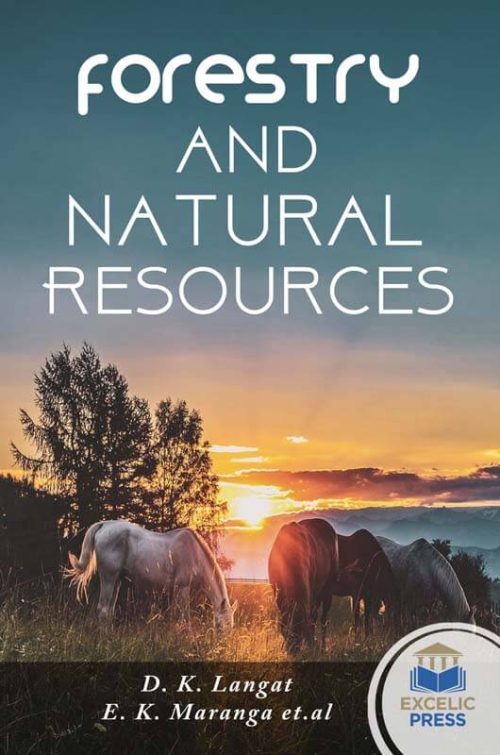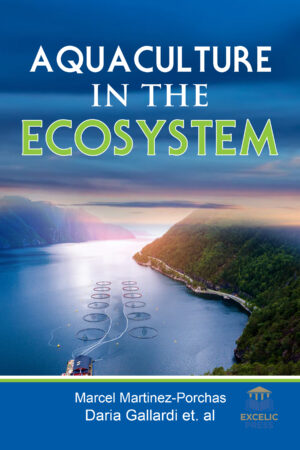Description
Forests are important in the livelihoods of local people in most developing countries. Local people depend on forest resources for various products such as fuelwood, construction materials, medicine, and food. Globally, it is estimated that between 1.095 billion and 1.745 billion people depend to varying degrees on forests for their livelihoods and about 200 million indigenous communities are almost fully dependent on forests. We all rely, directly or indirectly, on those services (e.g. water, energy, food, health, shelter), especially the poorest, in particular from less developed countries from Africa, South America, and Asia. Climate changes have opened the opportunity for species to explore new geographies, inland, and sea, without the help of humans as carriers. These species are exploring new locations and are imposing a new equilibrium, changing services from which local populations are dependent. Protecting ecosystems and ensuring their natural services is crucial in order to maintain and improve the quality of life.
This book focuses on the current trends and issues related to the existence of natural resource, management, and destruction taking from the ancient to the modern era. The natural resource such as forests and forest products were considered as a key source of existence for living organisms in the initial period. Well ahead, the degradation of natural resources started slowly and progressively because of increased human activities. Deforestation and degradation of forest ecosystems are widely acknowledged and, despite the widespread degradation, there is the dearth of quantitative information on the role of forest resources to livelihoods and dependence to guide sustainable use. This book analyzed the role of forest resources in local livelihoods and determined the forest dependence in East Mau forest ecosystem, Kenya. Further, the book proposes a case study comparing a naturally recovering and an actively managed forest. Restoration of late seral features in second-growth Sequoia sempervirens (coast redwood) forests is increasingly important, as so little of the original old-growth remains. Natural recovery is an effective method restoring many late seral features and does not require the additional disturbance of active management. Silvicultural techniques have traditionally been used to manage forests for timber production, with the primary goal of producing a regular crop of large straight trees. In recent years, active timber management techniques such as variable density thinning have been promoted as a tool for restoring old-growth characteristics. While these techniques have been shown to be effective in increasing the growth rate of remaining trees in the short run, the impact of these treatments on non-commercial plant species is not well understood. The book covers the wide-ranging perspective of forestry natural resource management throughout the globe, proceeding to environmental law; institutions involved in wildlife and natural resource management. This book explores the practices and policies that are important to a new century of natural resources management.





